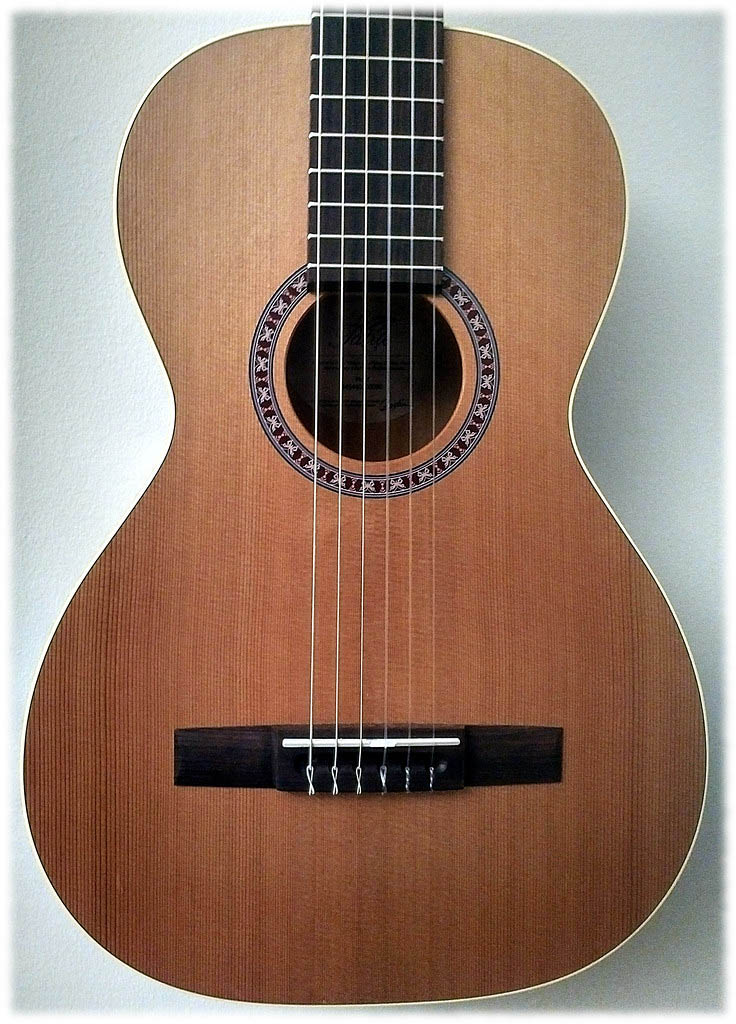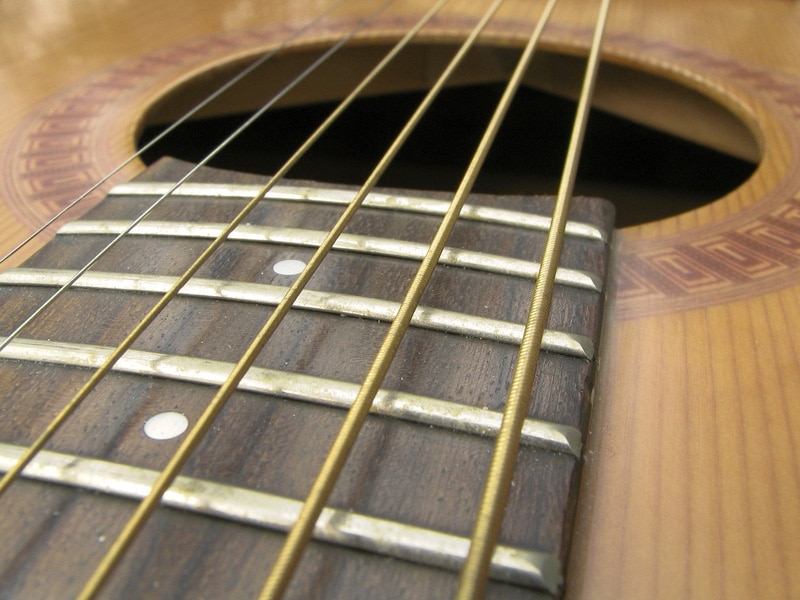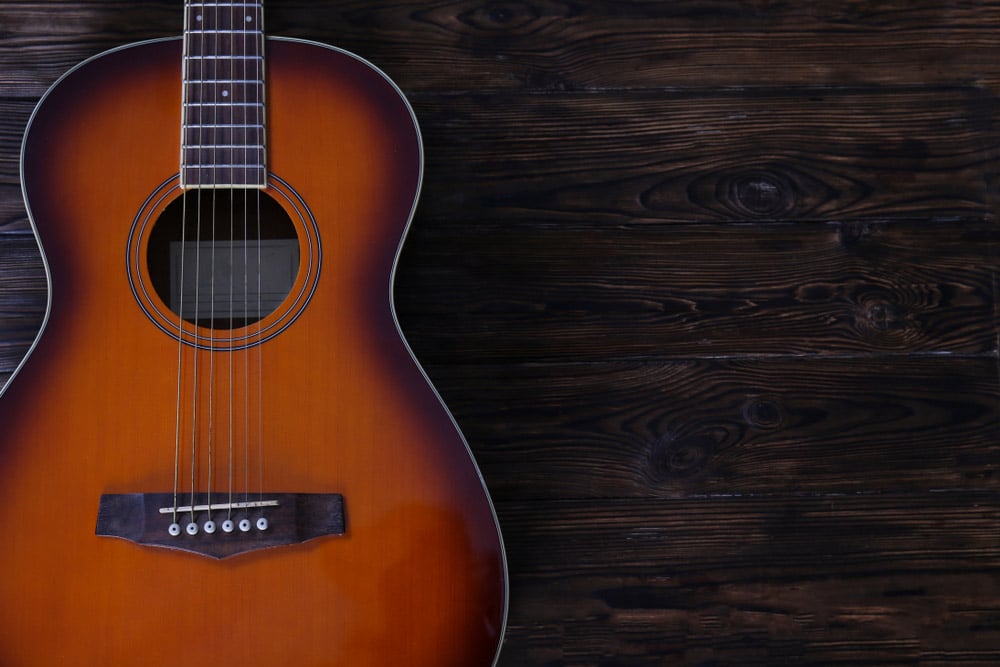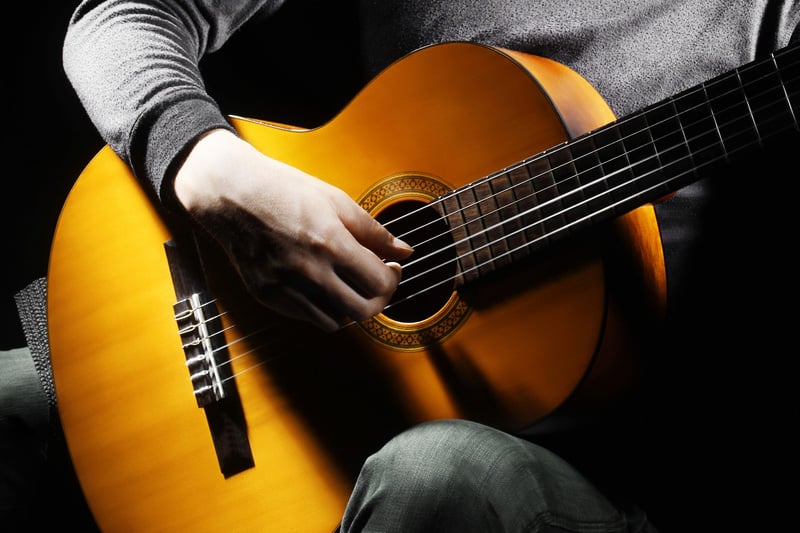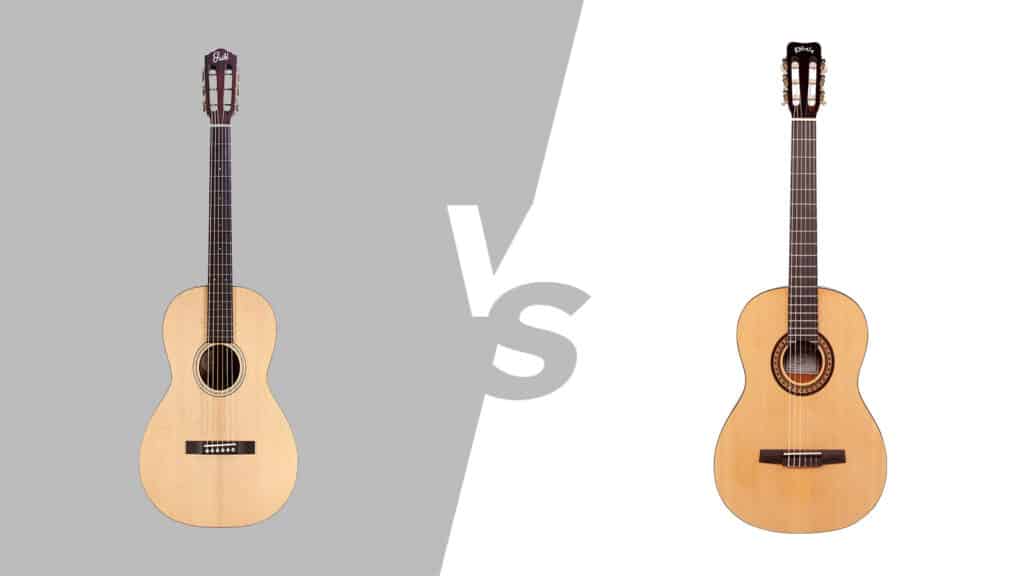
Maybe you tried learning how to play guitar as a youngster but gave up, or perhaps you always wanted to know but never got the chance. But now you want to use your creativity in music or join a band with some buddies. Or maybe you are looking for a fresh challenge to keep your mind engaged, healthy, and sharp.
Whatever the reason, you still have a passion for music. That is what matters. One of the most refined approaches to start pursuing your musical ambitions and aspirations is by selecting a perfect guitar for yourself. Guitars come in many sizes, and the size of your guitar significantly impacts your performance.
If you have ever watched a little child trying to play a full-sized guitar, you will understand why it’s crucial to consider size when buying. In this article, we will compare parlor and full-sized guitars to address some of the most commonly asked questions regarding guitar sizes.
Using this knowledge, you can select the guitar that best suits your requirements or determine the case size that should fit your instrument.
Key specifications
| Parlor-Size Guitar | Full Size Guitar | |
|---|---|---|
| Body Shape | battleship-like body shape | Classic body shape |
| Body Material | Mahogany depends on the model | Mahogany depends on the model |
| Overall Size | 18 x 12 inches | 40 x 15 inches |
| Scale Length | Less than 24 inches | 24 inches or more |
| Frets | 12 or less | 19 or more |
| Warranty | Depends on the manufacturer | Depends on the manufacturer |
| Check The Latest Price | Check the latest price here | Check the latest price here |
Parlor Size Guitar vs Full Size
Parlor-Size Guitar
While opinions may differ on dimensions and styles, no one denies the fact that Parlor-size Guitars are small and comfy enough to be played on a sofa or front balcony. Nowadays, the term “Parlor Guitar” is often used to refer to various guitar styles.
However, in actuality, a parlor guitar is a compact, slim-waisted guitar that is usually smaller than Martin’s single 0 sizes. Since the smaller size is more comfortable, you can tune it for any genre you wish to play the guitar for. The word “Parlor” originated from the environment and location where the guitar used to be played in the late 19th century.
In the past, old-fashioned reception rooms were referred to as “parlors”. The term “parlor guitar” was coined to acknowledge the surroundings since famous artists used to perform on their small-sized guitars in these confined rooms.
Parlor-sized guitars are used to train young students to play the instrument and introduce them to music in a relaxed environment. People, whether professional musicians or trainees are showing an increased interest in parlor guitars nowadays for their beach parties or campfire singalongs.
Ultimately, the kind of guitar you select will depend on your musical tastes and playing style. There is undoubtedly a guitar out there that is ideal for you, whether you’re seeking a versatile acoustic instrument or something as little as Parlor guitars.
Our in-depth analysis of the differences between the parlor and full-size guitars will assist you in determining which is the ideal option for you. Continue reading to find more:
Structure and Dimensions
Compared to other acoustic full-size guitars, parlor guitars typically have a smaller body and contain less than 12 frets. Additionally, the smaller and more compact body design makes it easier to grip and play Parlor-Size Guitars. It has a battleship-like shape but is a little bit slimmer.
Due to its size, the sound it produces is unique from other sounds. The size and shape of a parlor guitar is the best measure to check its authenticity. An authentic parlor guitar will have a more petite body than a concert guitar. The manufacturers of the parlor guitar specifically created its lengthy shape to add some volume to the small instruments.
Sound
Due to their smaller size and build, most parlor guitars have a unique, mellower tone. It is simpler to play chords and melodies on this instrument since its fretboard is shorter than a typical acoustic Full-size guitar. Also, the sound of a parlor guitar is often softer and more peaceful.
Availability
In terms of design, aesthetics, manufacturers, and other factors, parlor-size guitars provide a few choices to their customers. With all that in mind, when buying, you must ensure that the guitar you choose is appropriate for your requirements.
String Tension
Parlor guitars have less string tension, which makes playing the instrument easier for young players and beginners. This will prevent their fingers from getting sore, allowing them to practice the guitar for extended time spans without feeling any pain.
Pros
- They are simpler to press with low string tension.
- Excellent for practicing or listening to while traveling.
- Crafted by some of the industry’s most prestigious guitar manufacturers
- Reasonably priced
Cons
- Parlor guitars can go out of tune.
- The tonal properties of the guitar are affected by the short-scale length.
Full-Size Guitar
There is much discussion over the standard guitar size, although no clear consensus exists. The largest guitar size created by the manufacturers is a 4/4 size. They are usually referred to as standard guitars or full-size guitars. This guitar size is the best option for children who opt to play at the age of 12 or more.
The 4/4 guitars come in various sizes depending on the manufacturer, although most models are about 40 inches long. Since there are so many other factors to consider, selecting a full-size guitar based on size is challenging.
Structure and Dimensions
If you’re an adult, a full-size guitar is the best option. The length of a full-size guitar is between 36 and 40 inches. However, if you’re trying to purchase a full-sized guitar, keep in mind that there is no standard size. Depending on the brand, the length of the guitar as a whole varies.
The longer scale length of a full-size guitar (25.59 inches) ensures greater tension. The neck contains 19-24 frets, which increases its ability to produce a wide range of tones. For guitarists with small hands, the larger size and width of the neck can make reaching the low notes of the guitar more challenging.
Nylon and steel strings of different gauges can be used on full-size guitars, but you must choose a set of strings compatible with your particular guitar.
Sound
Since full-size guitars maintain strong string tension, they are less likely to go out of tune as quickly as some other guitars. However, if you want to take full advantage of their audio capabilities, you must adjust the string tension frequently.
Although every classical and acoustic Full-size guitar produces the same sound, yet each model’s sound properties may differ from each other. This is because the type of wood used to create full-size guitars impacts how it sounds.
Availability
Unlike parlor-sized guitars, which are difficult to find, full-size guitars are relatively simple and widely accessible on the market. This gives you a wide range of possibilities on full-size guitars, including acoustics and electric guitars.
String Tension
Full-size guitars have a higher string tension because of their longer scale length. As a result, they produce a rigid, low-resonance tone.
Pros
- Rich and adjustable sound
- Tuning is not as necessary when the strings are tight.
- Excellent for practices and performances
- Made of high-quality materials
Cons
- Full-size guitars may be pricey.
- For kids under the age of 12, a 4/4 guitar could be too big.
Conclusion
As you advance in your guitar-playing skills, you might discover that it’s advantageous to have a variety of musical instruments on hand so you can switch between them based on the type of music you are playing.
Finding a guitar that fits your hands well and enables you to express yourself completely is ultimately what’s most crucial when making your selection. The important thing is to take your time and select the right guitar for you, whether checking out various models at a music store or doing research on guitars online.

